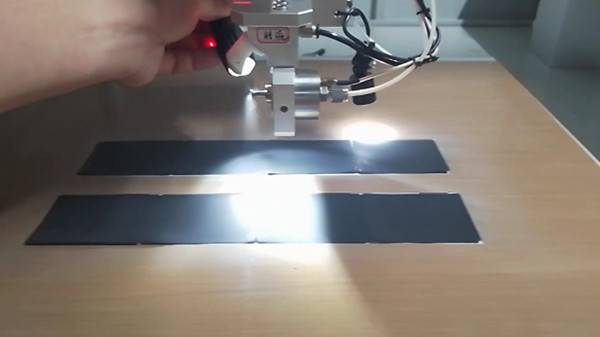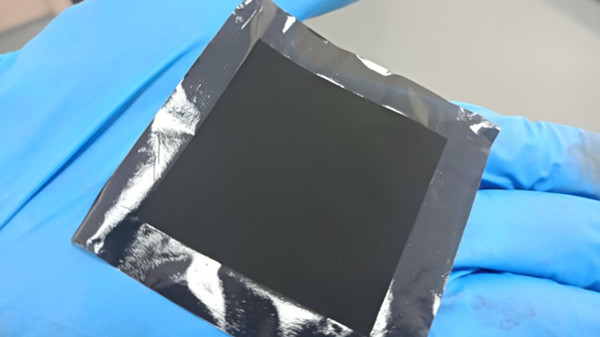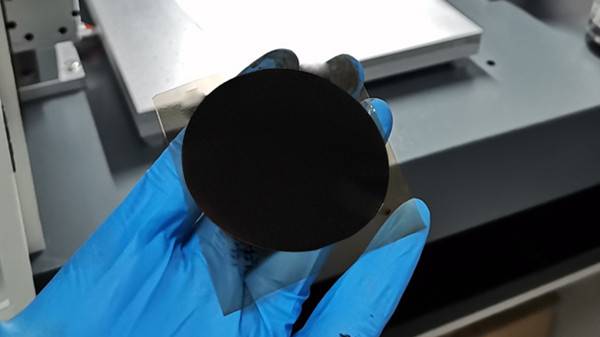Can AEM-WE become a hot topic?
Can AEM-WE become a hot topic? In-depth analysis of its development prospects
Under the current background of energy transformation, hydrogen energy, as a clean and efficient energy carrier, is gradually becoming the focus of global attention. Among them, water electrolysis hydrogen production technology has attracted much attention. Whether AEM-WE (anion exchange membrane water electrolysis technology) can become a new hot topic has become a hot topic among industry insiders.
AEM-WE technology combines the advantages of ALK (alkaline water electrolysis) and PEM-WE (proton exchange membrane water electrolysis). It is regarded as a highly promising hydrogen production technology, carrying people’s high hopes for efficient and low-cost hydrogen production. However, ideals are full, but reality is very skinny. At present, AEM technology faces many severe challenges in its journey towards large-scale industrial application.
From the perspective of core materials, the development of anion exchange membranes and ionomers still needs to make major breakthroughs. As a key component of the AEM-WE system, the performance of anion exchange membranes directly affects the efficiency and stability of the entire system. An ideal anion exchange membrane should have high ion conductivity, good chemical stability and mechanical strength, but existing membrane materials still have deficiencies in these aspects. Ionomers also have an important influence on electrode reactions and membrane performance, and their optimization is also an urgent problem to be solved.
In terms of catalysts, it is crucial to design efficient and economical non-precious metal catalysts. Although precious metal catalysts have excellent performance, they are expensive, which seriously limits the large-scale application of AEM-WE technology. Therefore, the development of non-precious metal catalysts with high activity, stability and low cost has become one of the key tasks to promote the development of this technology.
In addition, the selection of porous transport layers and the matching of membrane electrode assemblies cannot be ignored. The porous transport layer needs to have good gas diffusion and electronic conductivity to ensure that the reaction gas can be efficiently transmitted to the electrode surface and the generated current can be smoothly exported. The matching degree of the membrane electrode assembly is directly related to the performance and life of the entire system. Any problem in any link may lead to a decline in system performance.
In sharp contrast, PEM-WE has a first-mover advantage in the market and is currently in a leading position in the technical route. Related companies continue to invest in research and development resources to consolidate their market position by improving hydrogen production efficiency and reducing costs. Market research data shows that PEM water electrolysis technology has been demonstrated and applied in many fields such as hydrogen production at hydrogen refueling stations, hydrogen production from renewable energy such as wind power, and energy storage, and has been gradually promoted. In terms of cost control, the cost of PEM electrolyzers has dropped by 40% in the past five years, and the trend of reducing the cost of the stack is still continuing to increase. This undoubtedly puts tremendous pressure on the development of AEM-WE technology.
The future development of AEM-WE technology depends not only on its own technological breakthroughs to a large extent, but also on the competitive situation of PEM-WE technology. If AEM-WE can achieve major technological breakthroughs at the core material level and perform well in reliability and large-scale production, it is very likely to set off a new revolution in the field of hydrogen production and become a new outlet that attracts much attention. For example, once an anion exchange membrane and ionomer with excellent performance, as well as a high-efficiency and low-cost non-precious metal catalyst, are developed, the hydrogen production efficiency of AEM-WE will be greatly improved and the cost will be significantly reduced, thus standing out in the market competition.
However, if PEM-WE technology can adapt to market demand more quickly and further reduce costs before AEM-WE achieves these key breakthroughs, the market share of AEM-WE may be severely limited. After all, in commercial competition, time is money, and the technology that meets market demand first can often occupy a larger market share.
It is worth noting that the development of AEM-WE may explode with the technological breakthrough of membrane materials. This means that the window period left for the two to compete will not be too long. In this limited time, whoever can first solve the technical problems, achieve effective cost control and significantly improve performance will be able to dominate the future hydrogen energy market. The result of this competition will determine the future technology trend and industrial pattern of the hydrogen energy market.
In the development process of AEM-WE technology, Cheersonic ultrasonic spraying technology has shown unique application value and advantages. In the preparation process of key components of AEM-WE system, such as the preparation of electrodes and membranes, Cheersonic ultrasonic spraying technology can play an important role. In terms of electrode preparation, this technology can spray catalyst materials evenly on the electrode substrate. Traditional coating methods may lead to uneven distribution of catalysts, affecting the catalytic activity and stability of the electrode. Cheersonic ultrasonic spraying technology uses high-frequency vibration of ultrasound to atomize the catalyst slurry into tiny and uniform droplets, which can accurately control the thickness and uniformity of the coating. This not only helps to improve the utilization rate of the catalyst, but also enhances the overall performance of the electrode, making the electrode show higher activity and stability in the electrochemical reaction, thereby improving the hydrogen production efficiency of the AEM-WE system.
In the preparation process of anion exchange membranes, Cheersonic ultrasonic spraying technology also has significant advantages. It can evenly spray functional materials on the surface or inside of the membrane to modify the membrane. In this way, key performance indicators such as the ion conductivity, chemical stability and mechanical strength of the membrane can be optimized. For example, the uniform introduction of additives with specific functions into the membrane material through ultrasonic spraying can effectively improve the ion conductivity of the membrane without affecting its chemical stability and mechanical strength. In addition, during the operation, Cheersonic ultrasonic spraying technology can achieve precise control of spraying parameters, thereby ensuring the consistency of performance of each batch of prepared membrane materials, which is crucial for large-scale industrial production of high-quality anion exchange membranes.
From the perspective of production efficiency, Cheersonic ultrasonic spraying technology also performs well. Its efficient spraying process can reduce material waste, and compared with traditional preparation methods, it can complete the preparation of electrodes and membranes in a shorter time, greatly improving production efficiency. Moreover, the operation of this technology is relatively simple, and the requirements for the production environment are not as harsh as some traditional methods, which not only reduces production costs, but also makes it possible to mass-produce high-quality AEM-WE key components. At a time when AEM-WE technology urgently needs to improve performance and reduce costs to compete with PEM-WE, Cheersonic ultrasonic spraying technology provides it with strong technical support, which is expected to help AEM-WE gain an advantageous position in this fierce market competition and promote it towards the goal of becoming a new outlet in the field of hydrogen production.
About Cheersonic
Cheersonic is the leading developer and manufacturer of ultrasonic coating systems for applying precise, thin film coatings to protect, strengthen or smooth surfaces on parts and components for the microelectronics/electronics, alternative energy, medical and industrial markets, including specialized glass applications in construction and automotive.
Our coating solutions are environmentally-friendly, efficient and highly reliable, and enable dramatic reductions in overspray, savings in raw material, water and energy usage and provide improved process repeatability, transfer efficiency, high uniformity and reduced emissions.
Chinese Website: Cheersonic Provides Professional Coating Solutions




